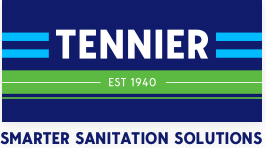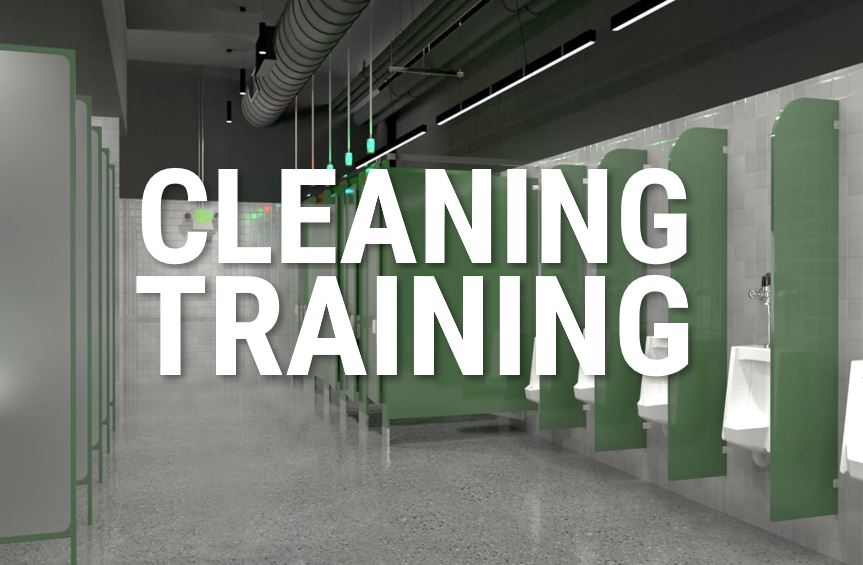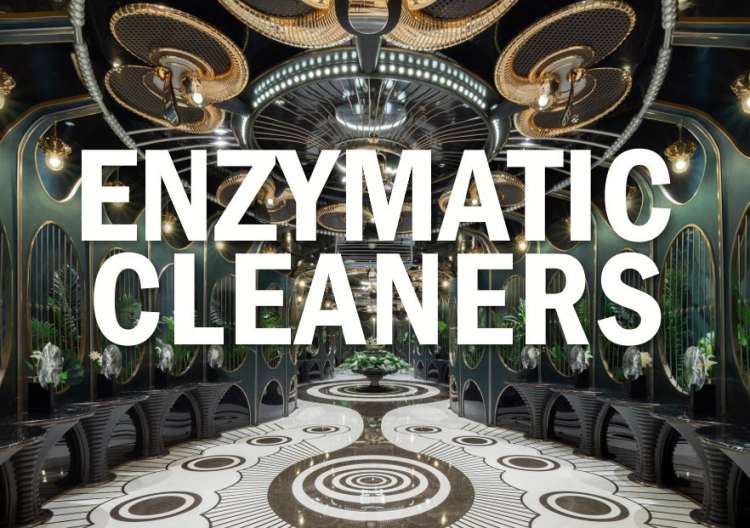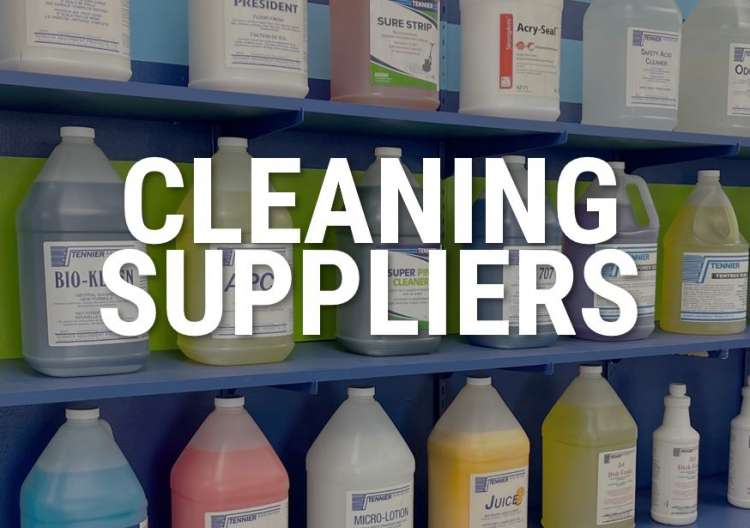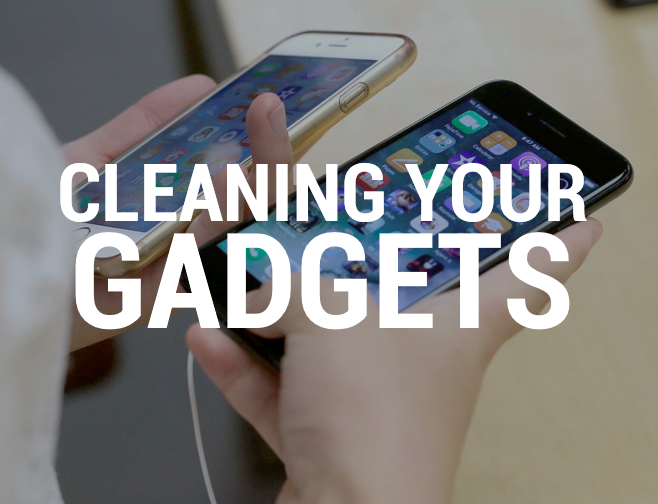Better training can help deliver a better cleaning ROI
Whether your facility has full-time cleaning staff, uses an outsourced cleaning company, or some combination of the two, there’s one inescapable truth: The people responsible for doing the cleaning are going to need some training, because great cleaning is made, not born.
The challenge for facilities and property managers, of course, is that cleaning often seems so routine and so – yes, we’ll say it – dull, that cleaning training simply isn’t prioritized as highly as other facilities-related functions, like preventive maintenance or IT systems.
But if you start thinking of cleaning as an investment, and one for which, like any other investment, there’s a demonstrable ROI, training as a way to maximize that investment starts looking more interesting.
So how can you do ensure everyone doing the cleaning in your facility is better trained?
5 ways to improve cleaning training in your facility
1 Start thinking of cleaning as every bit as innovative as your IT systems. Cleaning often gets short shrift because it’s considered analog, old-school and even vaguely ‘yucky’. But cleaning and sanitation can be just as innovative and cutting-edge as the high-tech HVAC in your building – it’s all how you approach it. And remember: When management prioritizes cleaning, the rest of the organization will, too.
2 Invest the time (and money) in developing standards and documentation. Taking the time to think about every physical space in your facility, and what ‘clean’ means in each space, means that you’ll have a better handle on what resources – time, people and products – are required to achieve the results you want. It also forces management to understand the details of the facility, which can ensure better resource planning and more accurate RFPs when sourcing cleaning staff or products.
3 Make it a regular occurrence. Training of any kind should be an ongoing process rather than a one-time event, and cleaning/janitorial training is no exception. While intensive training will be a part of the onboarding process for new employees or cleaning services, you should also schedule ‘refresher’ sessions 2-4 times a year. These may be devoted to new-and-improved cleaning methods, the introduction of new cleaning products, or just a review of existing standards. Whichever you choose, you’re sending a clear message that sanitation and janitorial services are important and worthwhile – and that will ensure you get better results.
4 Make cleaning training part of at least one person’s job description. In our experience, the biggest barrier to effective cleaning training in facilities is simply that no one in senior management has been specifically tasked with it, and no one’s KPIs are tied to anything relating to cleaning. Tying the performance of at least one member of senior management to strategic cleaning initiatives will help ensure that training happens.
5 Go beyond the handbook. Handing employees or cleaning companies a ‘cleaning binder’ isn’t enough. Your training program may start with documentation, but it needs to continue with classes, workshops, online resources and regular follow-up. Because no one becomes a great cleaning professional just by reading 200 pages of corporate instructions.
Cleaning is crucial. So is training.
We know that cleaning, janitorial and sanitation efforts tend to get overlooked. But when management thinks of it as an opportunity to excel, maximize profits and demonstrate leadership in the marketplace, it’s obvious: Cleaning training should be part of a strategic business plan.
